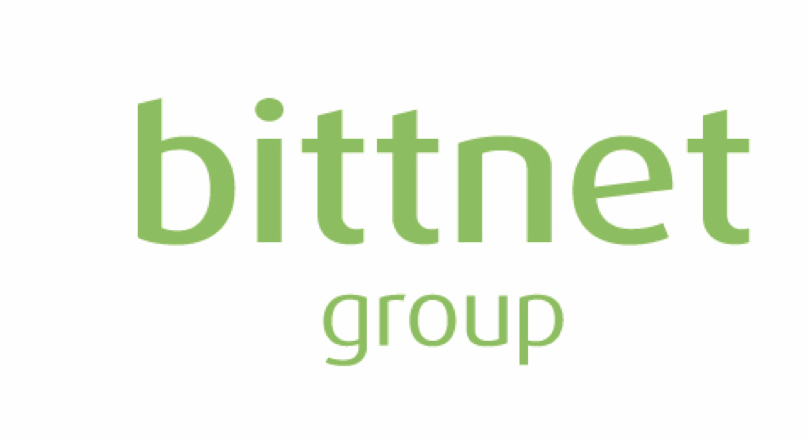One question we sometimes get from investors is related to dividend distributions and why we don’t do this. As we have stated since our listing and on numerous occasions, as long as we are in the “high growth” stage, we do not intend to distribute dividends, because the money left in the company grows much faster than it could grow in any other investment alternative.
So far we have demonstrated the above statement by calculating the growth in the value of the company’s equity compared to the capital attracted (Net Book Assets compared to Cash Attracted in Capital Increase). This test revealed an IRR return on shareholders’ invested capital of approximately 40% per year. In addition, by analysing the growth in equity generated by the business (thus eliminating capital attracted from the stock market) each year in relation to the equity at the beginning of the year, our Group has an average ROE of approximately 55% over the 8 years since listing.
| Year |
Final Equity |
Value |
ROE |
| 2014 | 865 | ||
| 2015 | 1,920 | 1,055 | 122% |
| 2016 | 3,100 | 1,180 | 61% |
| 2017 | 5,961 | 2,054 | 66% |
| 2018 | 14,001 | 5,148 | 86% |
| 2019 | 12,372 | -1,629 | -12% |
| 2020 | 27,646 | 6,105 | 49% |
| 2021 | 55,249 | 16,878 | 61% |
| 2022 | 61,006 | 8,360 | 15% |
| Average | 56.24% |
| Operation |
Amount |
| Equity on 15 apr 2015 |
-864,743 |
| MCS05-Dec-17 |
-807,127 |
| MCS14-Dec-18 |
-2,892,205 |
| MCS10-Apr-20 |
-9,168,712 |
| MCS02-Mar-21 |
-10,725,345 |
| Buyback August |
2,603,000 |
| Equity on 31 dec 22 |
61,006,000[1] |
| IRR |
36.6% |
| Equity Drawn |
20,990,389 |
| Equity Generated |
37,412,611 |
[1] Attention! The Equity figure at the end of 2022 does not take into account the conversion of the RON 10 million debt of the sellers from M&A transactions, which was decided during 2022 (September). Accounting for this operation as well, Equity would exceed RON 71 million and the IRR generated would be just over 42%.
The above insights show how we have created value from an accounting perspective – intrinsically. “Price is what you pay, value is what you get” . To assess whether or not we have created wealth through stock market capitalisation (share price is often the only indicator retail investors follow) there is a famous test: the “Buffett” test for capitalised earnings
| Profit during the period | MCS / Buyback | “Retained” during the period | “Retained” total in 5y rolling | Equity at year end | Mkt. Cap. at year end | 5y Mkt Cap Increase | Buffett Multiplier | |
| (1) | (2) | (3) | (4)=(2)+(3) | (5) | (6) | (7) | (8) | (9)=(8)/(5) |
| 2014 | 115 | 865 | 7,896 | |||||
| 2015 | 889 | 0 | 115 | 1,920 | 8,108 | |||
| 2016 | 870 | 0 | 889 | 3,100 | 21,418 | |||
| 2017 | 1,206 | 807 | 1,677 | 5,961 | 31,941 | |||
| 2018 | 4,408 | 2,892 | 4,098 | 14,001 | 55,530 | |||
| 2019 | -2,631 | 0 | 4,408 | 11,187 | 12,372 | 112,717 | 104,821 | 9.4 |
| 2020 | 1,025 | 9,268 | 6,637 | 17,709 | 27,646 | 157,586 | 149,478 | 8.4 |
| 2021 | 14,424 | 10,725 | 11,750 | 28,570 | 52,740 | 161,907 | 140,489 | 4.9 |
| 2022 | -2,604 | 9,170 | 36,063 | 71,006 | 158,666 | 126,725 | 3.5 |
A simple formulation of these calculations is that, if we analyse the investment over a 5-year period, as recommended for stock market investment, every RON allocated to our company (either through capitalisation of profits or through participation in capital increases), brought at least RON 3,5 into the shareholders’ pockets.
Of course, some investors may find that any of the components of the investment thesis described above does not fit their investment style. But we would like our shareholders to understand the “bet” they are making when investing in Bittnet Group shares: that the vision of accelerated growth towards a turnover of RON 500 million generates a great opportunity in the medium and long term and that sometimes the evolution of quarterly, half-yearly or annual results will fluctuate. We, the management team, are here to clarify these fluctuations and to guide our journey together towards the RON 500 million figure, without having as objective the share price, which, on the contrary, is decided by the shareholders. However, we are convinced that in the long term the value of the company will reflect the business results and the accumulated investments in the companies acquired over the years.
We conclude this chapter by reminding you that no investment in the shares of a company is risk-free, and please read carefully the chapters on Risks in the Universal Registration Document, or on the investor relations website.
